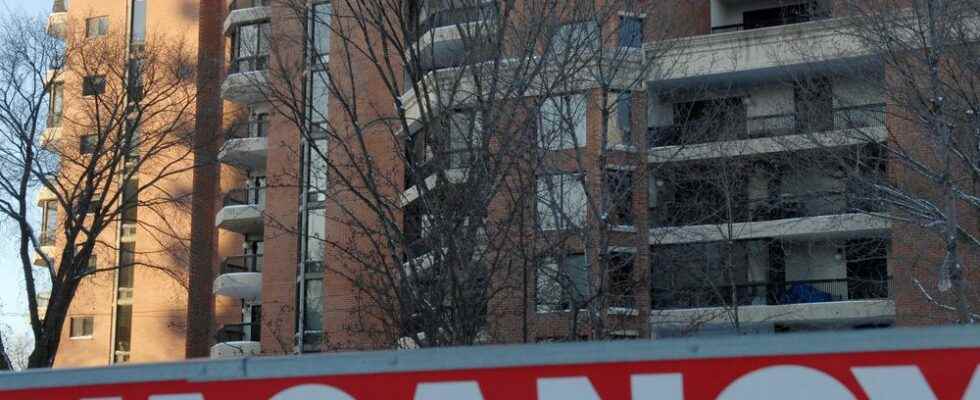London’s home prices may be cooling down, but city rents are trending in the opposite direction.

London’s home prices may be cooling down, but city rents are trending in the opposite direction.
The average asking rent in May for a two-bedroom unit in London was $2,023, surpassing the $2,000 mark for the first time, according to the latest snapshot of the city’s rental market by Rentals.ca and Bullpen Research and Consulting Inc.
The increase represents a 25 per cent increase over average asking rent in May 2021, the largest for two-bedroom units in all 35 markets analyzed by Rentals.ca, a website used by landlords to advertise their units.
“It’s kind of a tough time if you are looking to move,” said Rentals.ca’s Paul Danison.
“London is a place where rents not only have gone up in 2022, but also during the pandemic when rents in other places were going down.”
The story behind the rent increases in London is similar to the market forces pushing up the price of home ownership: Strong demand for housing boosted by large population growth coupled with a tight supply of units.
It was a trend accelerated during the peak of the COVID-19 pandemic, when the work-from-home phenomenon allowed people, including renters, to move from expensive markets to more affordable ones such as London.
Some of that additional demand seems to be still at play locally, Danison said, with London ranking second in Rentals.ca’s list of cities whose properties are generating the most pageviews from prospective renters, only surpassed by Vancouver.
“With the cost of buying a home in London, this has also caused more people to decide to stay in the rental market longer,” and impacting the local supply, he said.
“The average cost of a home went down in May but it’s still north of $760,000, which is cheap if you’re living in the Greater Toronto Area but really expensive for someone who’s been in London for a long period of time.”
Diana Mok, a professor at Western University’s Dan department of management and organizational studies, agrees home prices are impacting the turnover rate of units among renters, putting upward pressure on prices.
But the rising average asking rent also is being influenced by the new units being built, which enter the market at a higher price point and are no longer rent-controlled, Mok said.
“Between 2018 and 2021, there have been quite a few new units supplied into the (London) market, close to 3,000,” she said.
“But these are units that are not under rent control. . . which means landlords have the capability of setting a price for a subsequent increase at whatever level they would like.”
Though the province regulates how much rents can increase on rent-controlled apartments, landlords also can raise their rents once a unit is vacated and re-enters the market.
Knowing rent controls kick in once the unit is occupied again may result in landlords increasing prices to future-proof their revenue, Mok said.
“If I imagine myself being a landlord, and anticipating the tenants would know that they will be able to enjoy a smaller rent increase than under an uncontrolled unit, I would tend to adjust my rent to a level higher . . . than the market rent, in anticipation of future restricted increases,” she said.
